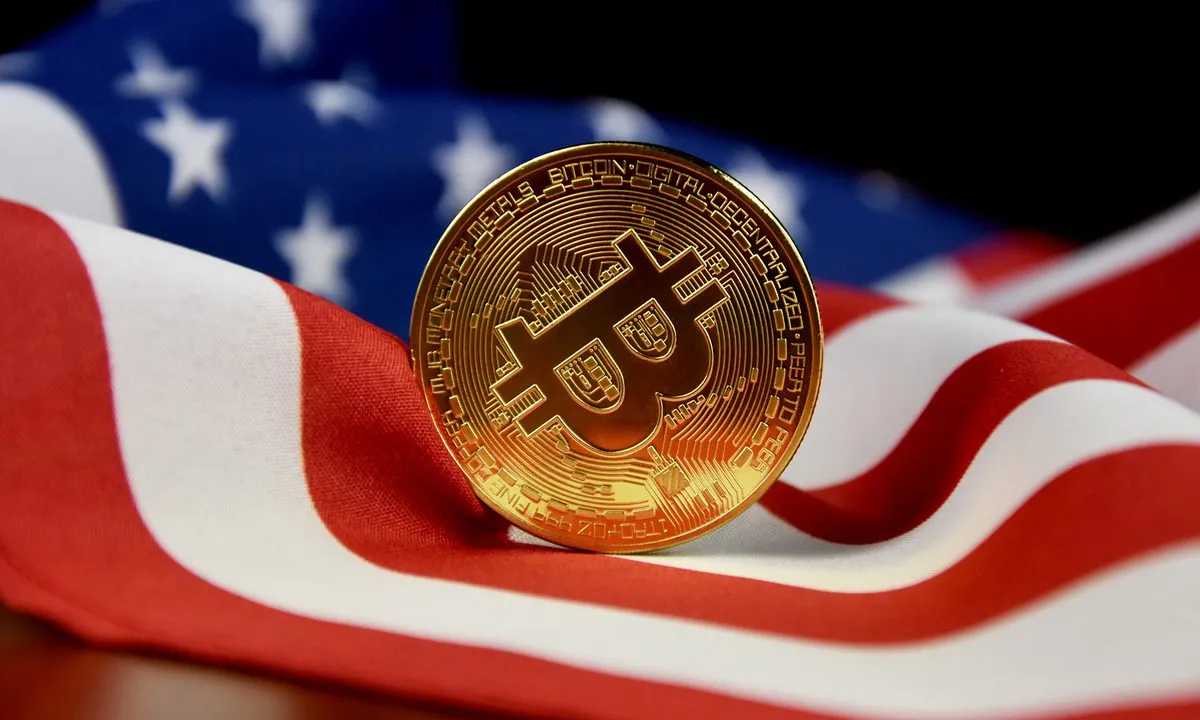U.S. Regulators Signal Softer Stance on Crypto and Tokenized Assets
U.S. Regulators Signal Softer Stance on Crypto and Tokenized Assets
By
Rachel Steinberg
Last updated:
October 22, 2025
First Published:
October 22, 2025

Photo: Bitcoinist.com
A new tone from financial watchdogs
In a surprising shift, U.S. financial regulators have signaled a more accommodating attitude toward cryptocurrencies and tokenized assets. Recent comments from officials at the Securities and Exchange Commission and the Commodity Futures Trading Commission suggest that both agencies are open to revising policies to encourage innovation. This change in tone is a major development for an industry that has long felt constrained by uncertainty and enforcement-heavy approaches.
The evolution of regulatory thinking
For years, American regulators have approached crypto with skepticism, emphasizing investor protection over market experimentation. However, with digital assets gaining global legitimacy and traditional financial institutions beginning to tokenize assets, the old framework is no longer sufficient. The regulators’ latest discussions hint at a recognition that innovation can coexist with oversight, and that blanket restrictions could hinder economic growth.
Bridging the gap between innovation and protection
Officials are reportedly considering updated guidelines that clarify which digital assets qualify as securities and which fall under commodities. This would reduce the confusion that has plagued the market for years and prevent overlapping jurisdictional disputes. Clearer definitions could also help exchanges and fintech companies design products that align with existing laws while still offering new opportunities for investors.
Encouraging tokenization of real-world assets
One of the most notable aspects of this shift is the growing acceptance of tokenization. Banks, asset managers, and private funds are exploring blockchain technology to digitize bonds, real estate, and other tangible assets. Regulators appear to view this as a potential bridge between the crypto economy and traditional finance, a way to improve transparency and efficiency in asset trading without undermining consumer safeguards.
A push for collaboration with the private sector
Rather than imposing unilateral mandates, agencies are signaling that they want to work with crypto firms to develop realistic standards. This collaborative approach could mark the beginning of a new era in which policymakers, technologists, and investors build trust instead of clashing in courtrooms. Such cooperation would help reduce the fear of abrupt enforcement actions that have previously chilled innovation.
Global competitiveness at stake
The United States has fallen behind several jurisdictions that already have clear crypto regulations, including the European Union and Singapore. By softening its stance, the country hopes to attract global capital and talent back to its shores. The message is clear: innovation should happen under American oversight rather than escaping to foreign markets with more flexible rules.
The impact on market confidence
Early reactions from the crypto community have been cautiously optimistic. Analysts believe that even a modest policy shift could restore investor confidence and bring institutional players back into the digital asset market. A predictable and balanced regulatory framework would also help stabilize prices, reduce volatility, and promote long-term adoption of blockchain-based financial products.
Challenges on the road to reform
Despite the positive outlook, change will not be immediate. Implementing new guidelines requires time, coordination, and political will. Skeptics within government still worry that loosening restrictions could lead to fraud, money laundering, or speculative bubbles. Regulators must therefore strike a careful balance between fostering innovation and maintaining the integrity of financial markets.
The opportunity for U.S. leadership
If managed properly, this new approach could position the United States as a global leader in digital finance. Tokenized assets, regulated exchanges, and blockchain-based settlement systems could transform how value moves through the economy. The key will be ensuring that innovation serves public interest rather than short-term speculation.
A cautious optimism for the future
The regulators’ softened tone does not mean an end to scrutiny, but it signals an evolution in perspective. The goal is no longer to control crypto from the outside but to integrate it responsibly into the broader economy. As traditional finance and blockchain converge, this balanced approach may finally provide the foundation for a stable and innovative financial future.
Popular articles
Subscribe to unlock premium content
Disney’s Timeless Magic and How the Entertainment Giant Continues to Shape Culture and Innovation

Imran Khan’s Economic Missteps Amid Political Chaos in Pakistan

The Philippines’ Digital Shift How Remittances and BPO Are Fueling Growth

Disney’s Timeless Magic and How the Entertainment Giant Continues to Shape Culture and Innovation

Imran Khan’s Economic Missteps Amid Political Chaos in Pakistan

Disney’s Timeless Magic and How the Entertainment Giant Continues to Shape Culture and Innovation









